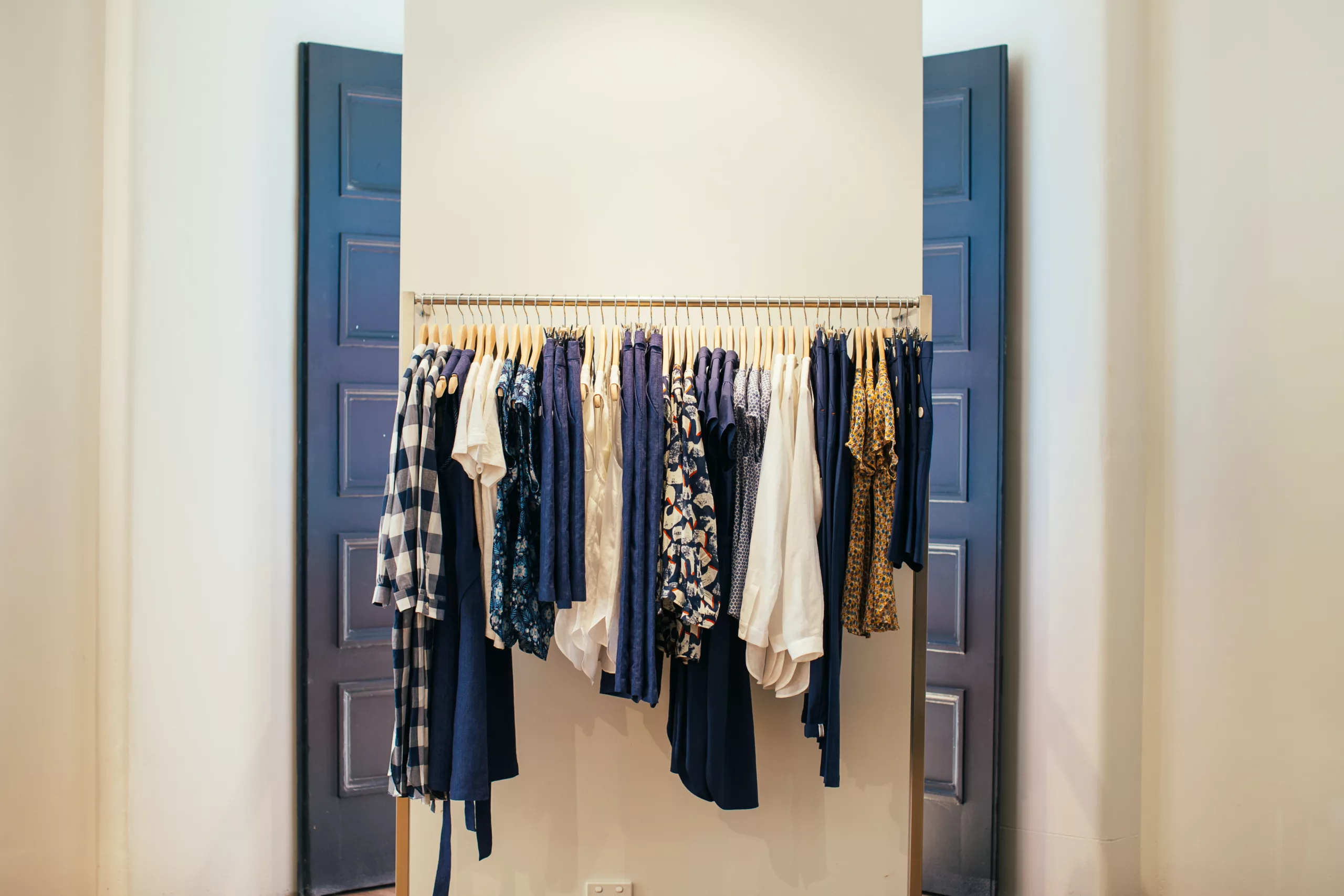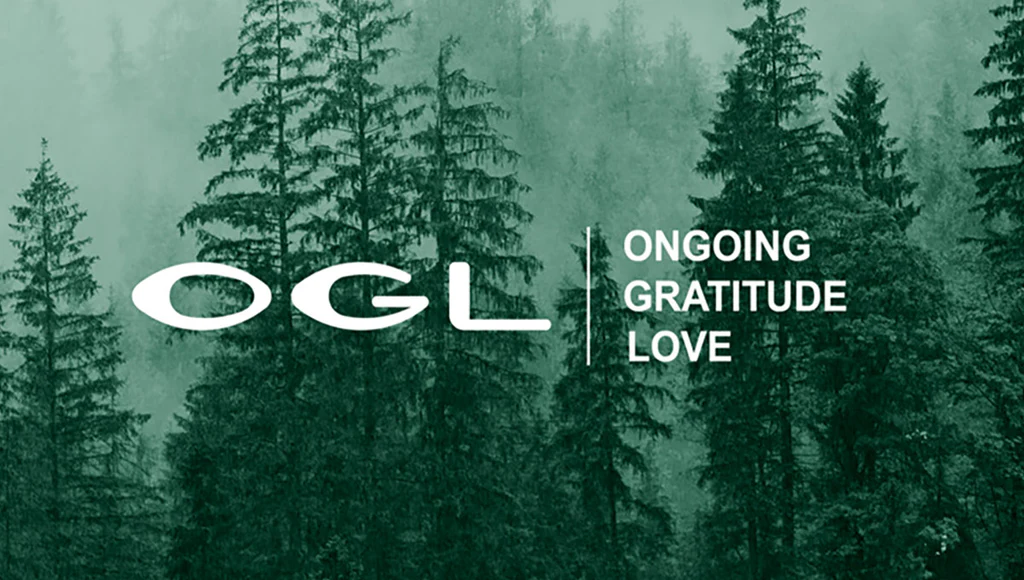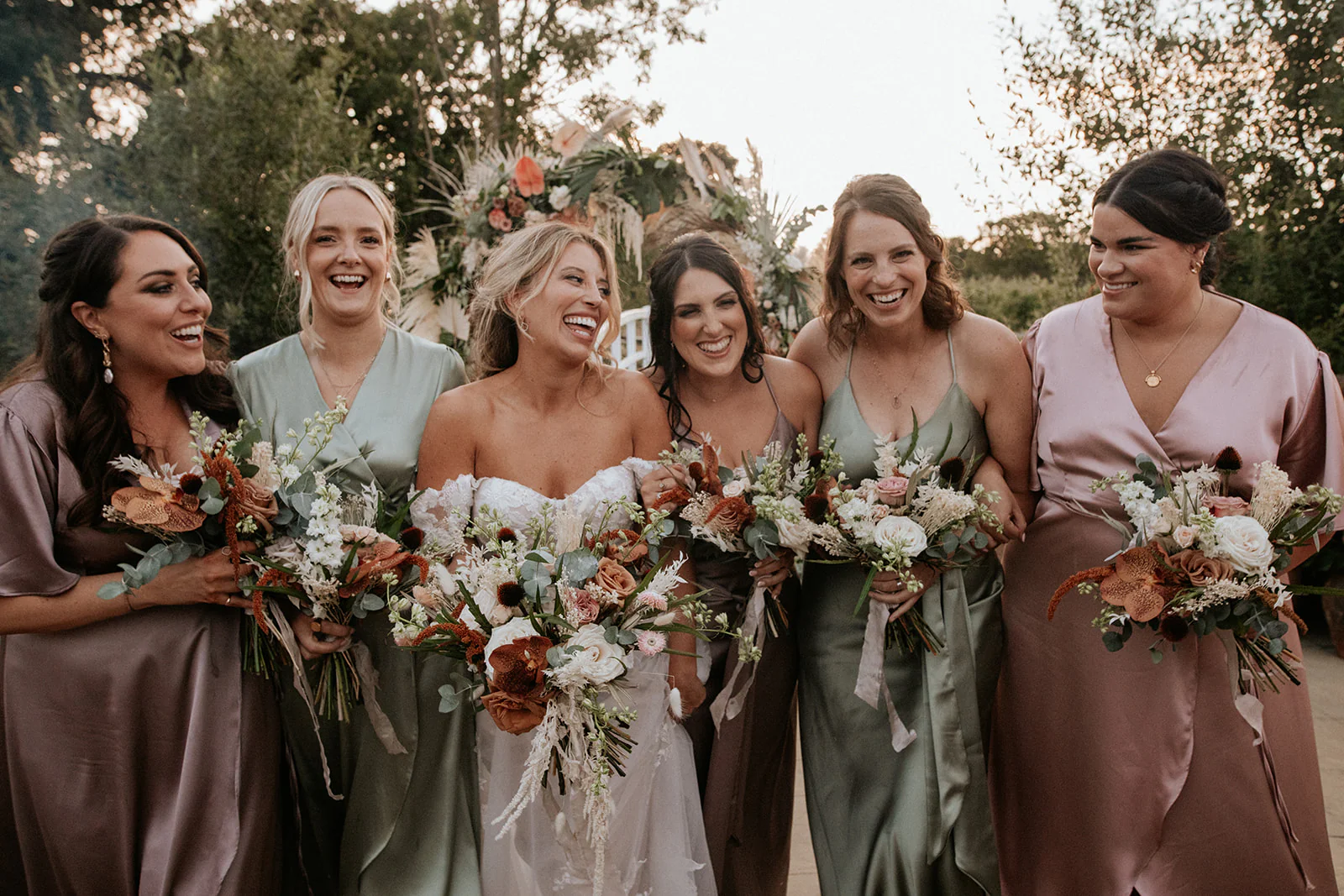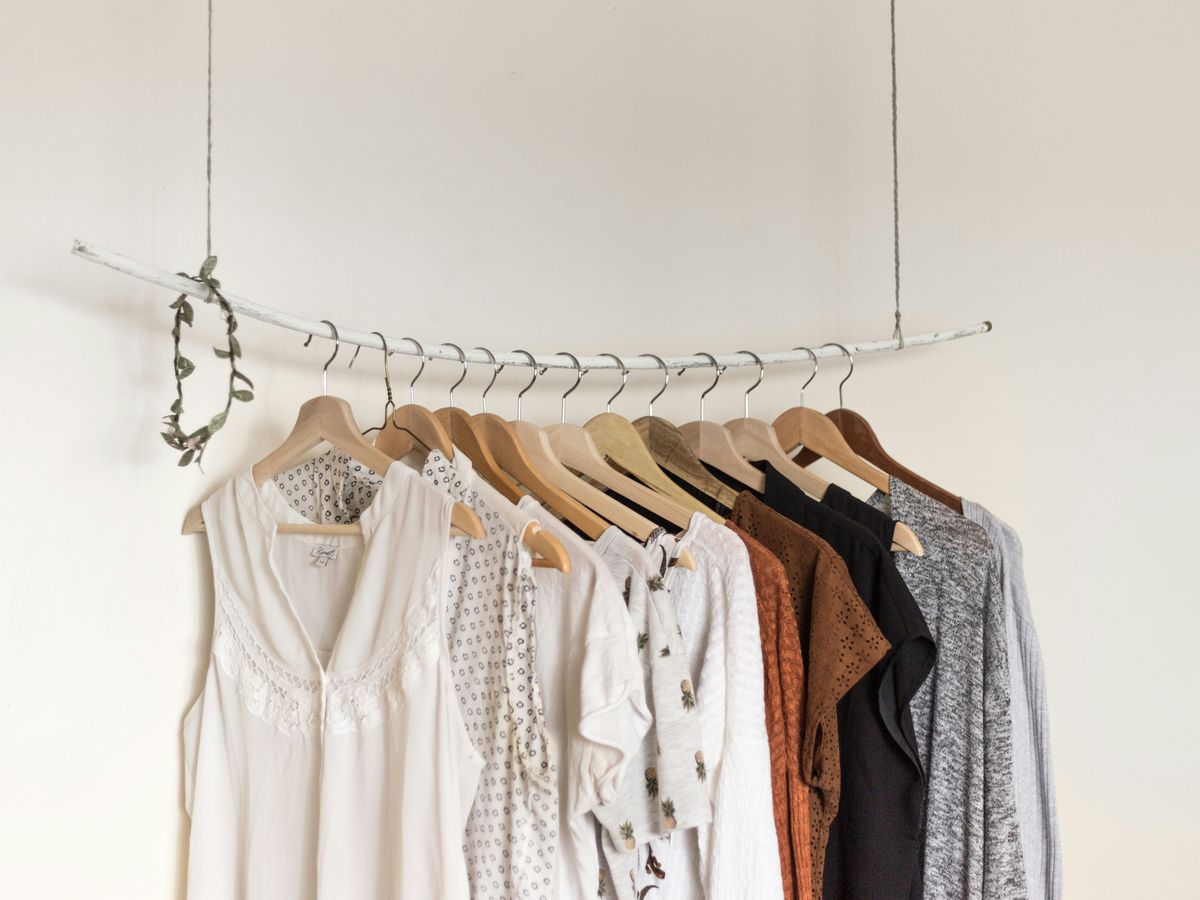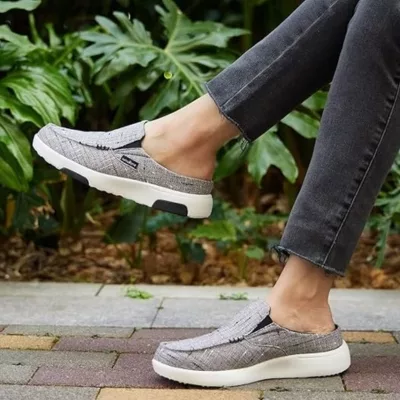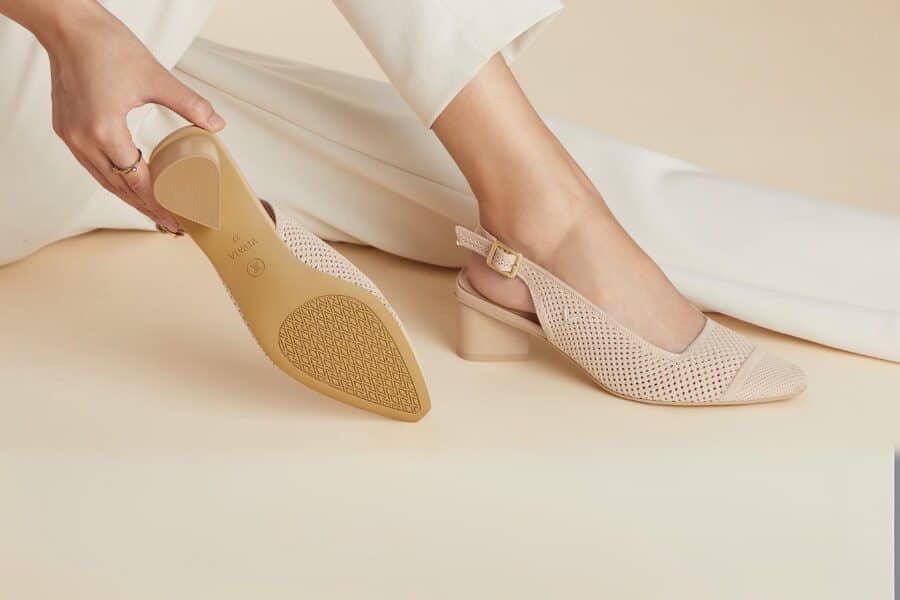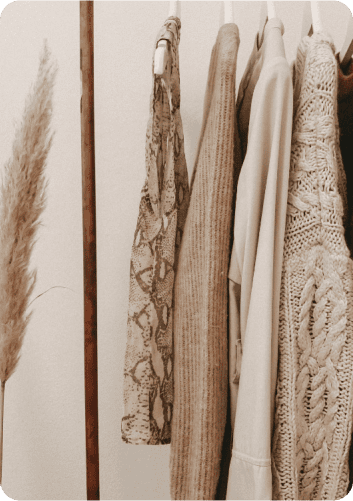Are you tired of constantly chasing the newest trends and your wallet turning as light as a feather? Well, worry no more, as circular fashion is here to save the day. But wait, what is this “circular fashion” that everyone discusses? Imagine a style that is not only fashionable but also environmentally conscious! Incredible, right? It is disheartening to know that the fashion industry produces an astonishing 92 million tons of waste annually. That is equivalent to piling over 27,000 Empire State Buildings!
In light of these alarming statistics, it becomes imperative to explore the principles of sustainable fashion and embrace a circular approach. This circular fashion guide will delve into the key aspects of circular fashion, highlighting its significance and offering practical insights for a more environmentally conscious wardrobe.
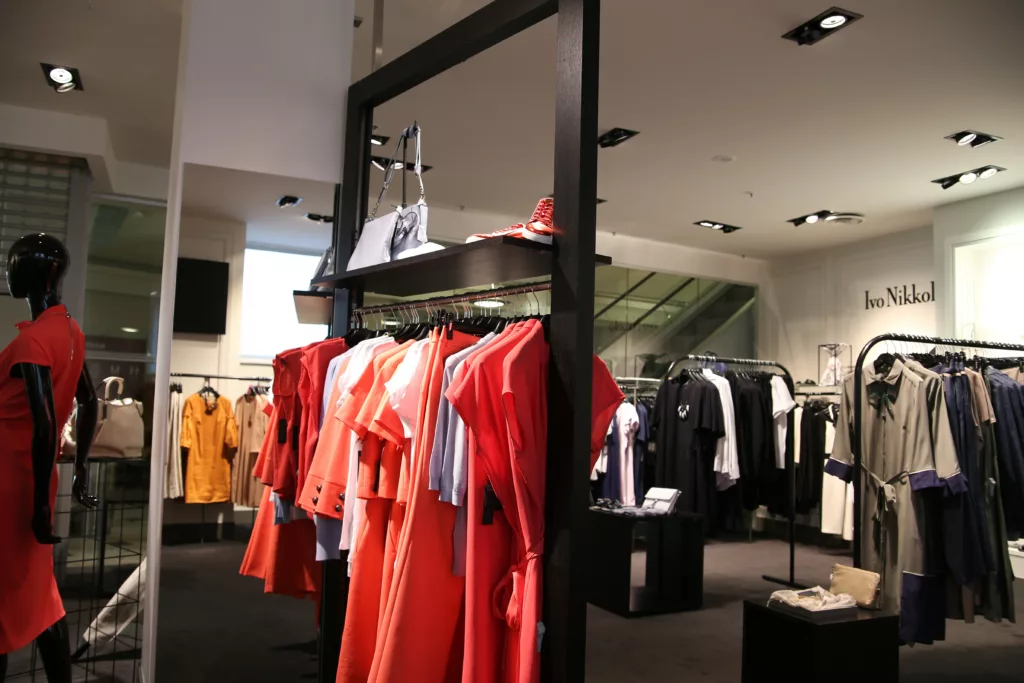
Understanding Circular Fashion
For ages, the fashion industry has followed a linear path. It’s similar to a one-way street where clothes are produced, consumed, and discarded as quickly as a used can. But do not despair! This circular fashion guide introduces you to its secrets while promoting sustainability!
Now, what is circular fashion?
Circular fashion is when the fashion industry follows a circular path instead of a linear one. Simply put, it is the fashion equivalent of recycling, but much better. By designing clothes that can be repurposed, reused, and recycled, circular fashion aims to ensure that they remain in circulation for as long as they do not wear off. Relate this with the usage of your jeans – you give your favorite pair of jeans a second opportunity at use rather than discarding them.
Benefits of Circular Fashion
Circular fashion, a new trend that emphasizes sustainability and moral considerations, has several advantages. It’s a method of making clothes that minimizes waste and pollution by relying on natural, chemical-free fibers. This method fosters sustainability, decreases non-recyclable trash, and upholds the principle of energy conservation.
Circular fashion helps the environment by lessening its impact on the environment and the amount of trash that ends up in landfills. As a result, we may use fewer resources, which is good for the environment and the economy.
Ethical and long-lasting, circular fashion is based on the 3 R’s: reduce, reuse, and recycle. It makes sure the industry will be around for a long time and helps change the climate by using recycled materials and getting raw materials from sources that are good for the environment.
Linearity and its adverse effects
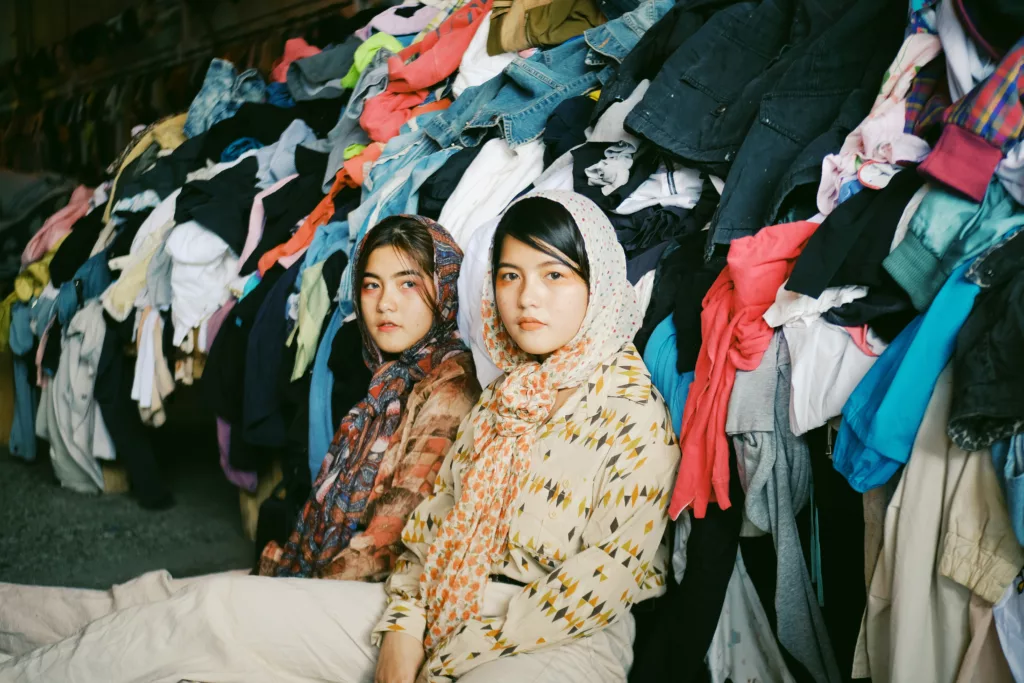
Now, let’s discuss the social and environmental impacts of our current linear fashion system. Studies have proved that this fashion has adverse ecological outcomes. It has been found that the fashion industry accounts for 10 percent of global carbon emissions. That is more than the sum of all international flights and maritime transport! One cannot help but agree that replacing runway emissions with eco-friendly alternatives is time.
Let’s not overlook the social aspect either. Linear fashion often intertwines with exploitative labor practices and detrimental working conditions, leaving us trapped in a seemingly never-ending cycle. Shockingly, incidents of child labor persist, with approximately 170 million children involved in the production of garments and textiles, as reported by the International Labor Organization (ILO).
But here’s the solution: embrace circular fashion. By supporting sustainable fashion principles and choosing brands that use eco-friendly materials, you can make a positive impact and break free from this cycle. It’s a simple yet powerful step towards a better future.
Principles of Circular Fashion
Principles of circular fashion include – reduce, reuse, repair, and recycle. This circular fashion guide is here to explain the four principles; let’s start with:
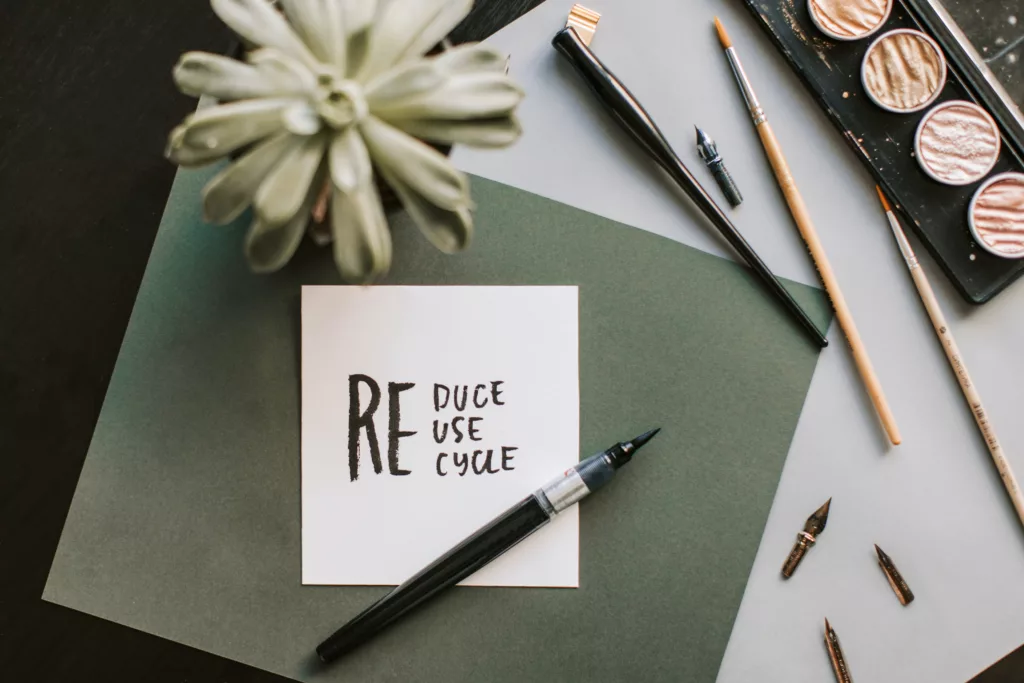
Reduce
Reduce is the first principle on our list. Imagine adopting a minimalist wardrobe in which each item sparks pleasure. It is about creating a collection of timeless essentials that can be combined in an infinite number of stylish ways. Goodbye to impulsive purchases and welcome to deliberate fashion decisions. Need some inspiration? Influential figures such as Emma Watson and Meghan Markle flaunt the minimalist style with elegance.
Reuse
You can find one-of-a-kind, pre-loved fashion treasures in thrift stores, vintage boutiques, and online secondhand marketplaces. Don’t forget about clothing swaps with friends, where you can exchange clothing and update your look for free. Renting platforms such as Rent, the Runway enable you to indulge in high-end designer items without committing to a purchase.
Repair
But what about those cherished items that require some TLC? Repair is the third principle. Why not embrace the art of mending and give a worn-out garment a second chance at life? To add life to your favorite fashion items, mend those jeans, sew on a new button, or visit a local tailor. By doing so, you not only increase the life of your clothing, but you also reduce the environmental impact of fashion. Take a page from the book of Livia Firth, the queen of sustainable fashion, who advocates for repairing and preserving our clothing.
Recycle
Last but not least, there is the powerful principle of recycling. Textile recycling, upcycling, and closed-loop systems save the day by repurposing old garments into valuable new items. Explore companies such as Reformation, renowned for their innovative recycling initiatives, or support local designers who transform discarded fabrics into stunning works of art. Similar to the fairy godmother in Cinderella, but with a sustainable spin.
These four principles form the building blocks of circular fashion. One cannot work without the other. The strong interconnection between these principles forms the very basis of your circular fashion understanding. Practice these principles individually and collectively to make your fashion sustainable.
Sustainable Materials and Practices
Now that you have read through the principles of circular fashion, it is time to identify some sustainable materials and follow these practices to get ahead with circular fashion. It is time to discover the secrets of a wardrobe that is not only stylish but also environmentally friendly.
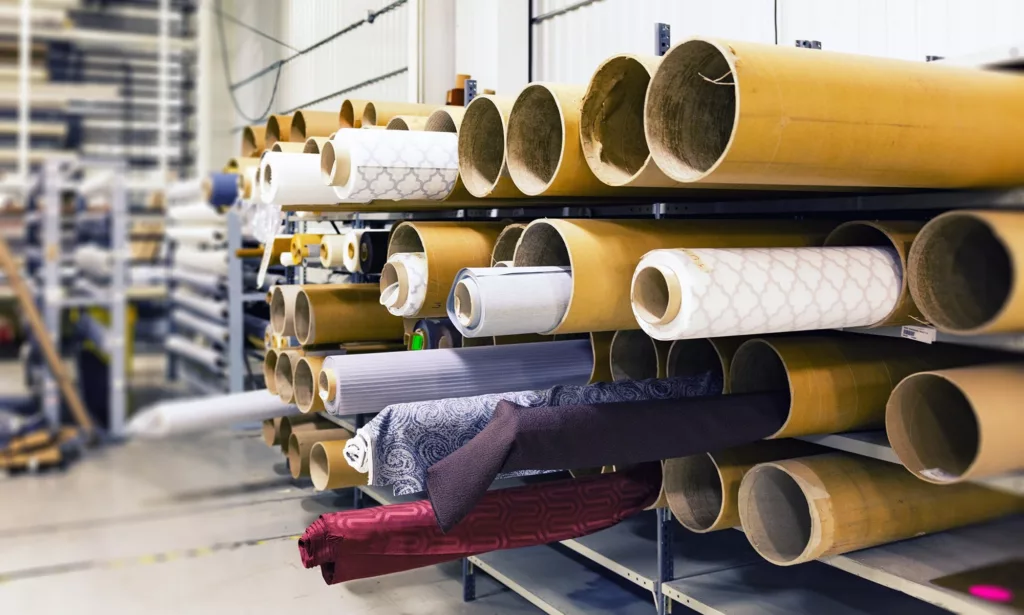
Fabrics
Let’s begin with fabrics. Imagine slipping into a dress made of organic cotton, bamboo, or hemp, knowing that it was produced without harmful pesticides and is biodegradable. These environmentally responsible materials resemble a warm embrace from Mother Nature herself. And this is not the end!
Additionally, sustainable fashion incorporates innovative alternatives such as Piatex, a fabric made from pineapple leaves, and ECONYL®, a regenerated nylon constructed from ocean waste. It is like wearing a fashionable superhero garment that combats waste and pollution.
Practices
Sustainable fashion promotes fair trade, ensuring employees are ethically treated and compensated fairly. Ethical sourcing becomes the basis of a transparent supply chain in which every step is supervised to minimize damage to people and the environment. Imagine a world where fashion is not only about looking nice but also about uplifting communities and preserving traditional techniques.
Innovation
The lifeblood of sustainable fashion design is innovation. Bio-based materials derived from agricultural waste, such as orange peels and mushroom roots, infuse your wardrobe with nature’s beauty. Regenerative practices, such as regrowing fibers of farm residues, give the circular fashion industry initiatives a sense of optimism. In the middle of a dry wilderness, a garden blooms. Stella McCartney, renowned for her dedication to sustainable fashion, demonstrates that beauty and sustainability coexist. In short, the power is in your palms (as well as your closet)!
With numerous techniques, methods, and strategies in your hand, it is essential that you, as a consumer, have the passion needed to make a change for the better. Therefore, spreading awareness for circular fashion is best achieved at the individual level – the consumer. The next part of this guide will take you through this bit.
Embracing Circular Fashion as a Conscious Consumer
As a conscious consumer, it is your duty that you make well-informed decisions while choosing your fashion style. Brands that employ sustainable and circular fashion principles should be identified and supported. But wait, there’s more. This circular fashion guide will tell you how embracing circular fashion works.

Awareness
Familiarize yourself with the fundamentals of sustainable fashion first. Reduce, reuse, repair, and recycle should serve as your mantras. Adopt a minimalist mentality and fill your wardrobe with timeless pieces that bring you pleasure. Repair your favored garments rather than discard them at the first sign of wear. And when it’s time to say farewell, recycle or upcycle your clothes to give them a second chance.
Support sustainability
Another crucial step is supporting sustainable fashion brands and initiatives. Seek brands that prioritize ethical manufacturing practices, use eco-friendly materials, and embrace circularity. Remember that each purchase is a vote for the fashion industry you desire.
Other forms of market
Explore secondary markets, online platforms, and community resources to navigate the world of circular fashion. Thrift stores, consignment shops, and vintage boutiques offer an abundance of one-of-a-kind items. Online marketplaces such as Depop, Poshmark, and ThredUp connect you to a worldwide community of eco-fashion enthusiasts. And don’t forget to investigate nearby clothing swaps, community flea markets, and upcycling workshops.
Life of clothes
Consider the lifespan of the clothing you purchase. Get familiar with eco-friendly materials such as organic cotton, hemp, and recycled fibers. Educate yourself on sustainable certifications like GOTS (Global Organic Textile Standard) and Fair Trade. You become a change agent in the apparel industry by making educated decisions.
Remember, embracing circular fashion is not just about being fashionable; it’s about being a mindful citizen of the world. You contribute to a future in which the fashion industry operates with integrity, reduces pollution, and prioritizes the well-being of people and the planet by making sustainable fashion choices.
Industry and Community Initiative
Apart from a consumer’s perspective, what else supports the world of circular fashion? We cannot forget the importance of industry and community initiatives. This approach focuses on a market and a societal perspective rather than an individual view. Understanding their role is essential, so let’s not halt this.
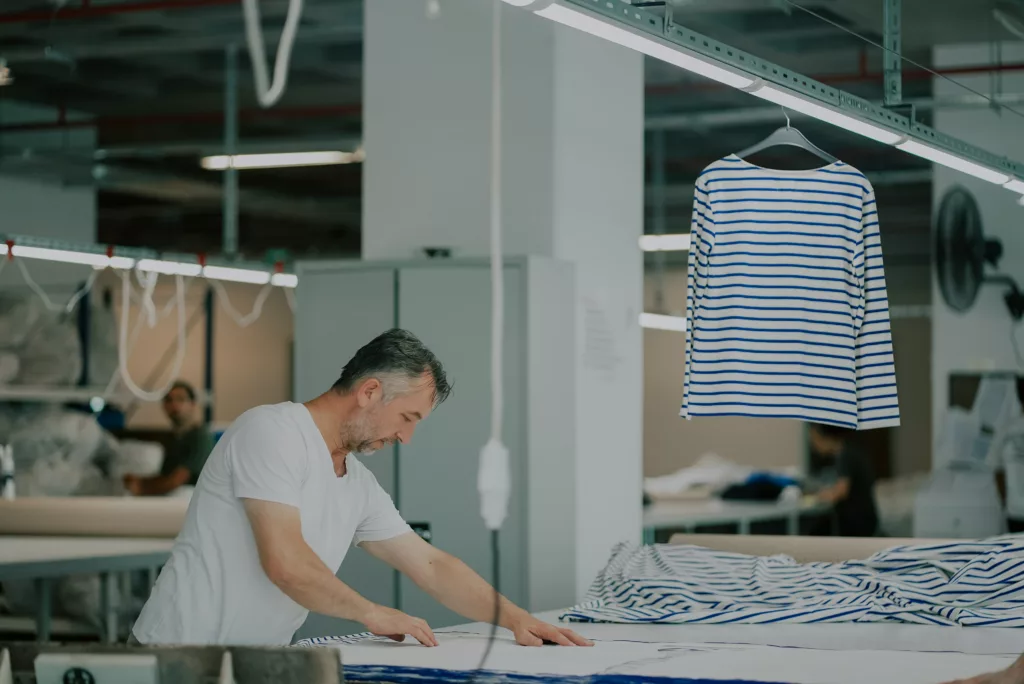
Circular fashion brands
Circular fashion brands like Peopletree and Wuxly Movement have embraced sustainable fashion principles with open arms, using eco-friendly materials and transparent supply chains. Their commitment to circularity goes beyond using trendy slogans, inspiring others to make informed fashion decisions.
Partnership
However, it does not end there. Collaboration and partnership are essential for advancing the circular fashion movement. The Ellen MacArthur Foundation and Fashion Revolution lead initiatives to transform the fashion industry from the inside out. They bring together brands, manufacturers, and consumers to co-create innovative solutions, ensuring that circularity becomes the norm.
Education
Education and awareness are crucial to promoting circular fashion practices. The Fashion Institute of Technology (FIT) and Parsons School of Design are famous examples of institutes that combine sustainable and circular fashion education into their curriculum, therefore empowering the next generation of designers to transform the industry.
By adopting circular fashion, we unlock multiple advantages. These advantages can be realized by promoting ethical practices, supporting local economies, and empowering communities to reduce waste and carbon emissions. Circular fashion is a lifestyle choice that correlates with conscious consumerism and zero-waste living and is not merely a trend!
Sustainable Design Systems
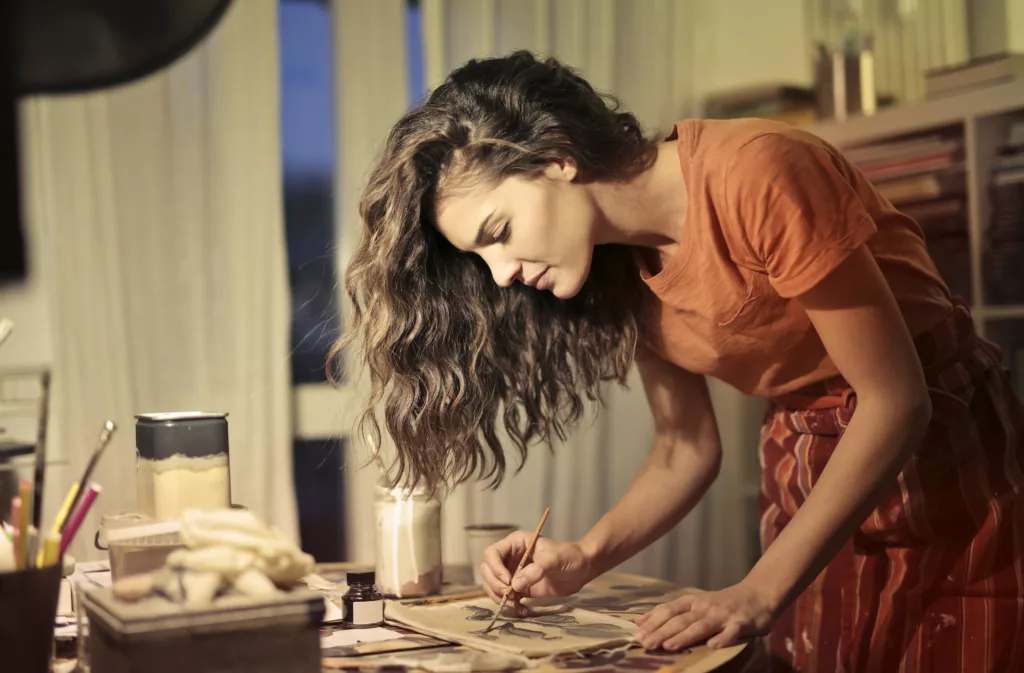
So far, your understanding of the circular fashion guide has led you through a journey, starting from the meaning of circularity to the need for collaborative efforts for sustainable fashion. However, your knowledge is incomplete without the technical aspect of this circular fashion.
The growing need for sustainable products has called for the corresponding need to have eco-friendly design systems. Yes, sustainable clothes are not just the end-products of some big factories but also the nature-friendly design systems involved. Let’s dive a bit into these design systems.
There are many up-and-coming circular fashion innovations. These design systems are effective and sustainable. Let’s discuss some of the inventions:
- Cradle-to-cradle: This design system affirms its functioning because the materials used in the production are eco-friendly, making the whole apparel sustainable. It allows you to use the clothing repeatedly in a closed loop.
- Cradle-to-gate: This approach ensures the environmental impact of the clothing piece as soon as it leaves the factory gate. It focuses on minimizing the adverse environmental effects by using efficient production methods.
With such techniques already in use, we will witness the emergence of advanced technologies that facilitate the efficient recycling of textiles, thereby transforming used clothing into new fabrics. While expanding creativity, designers will experiment with eco-friendly materials such as organic cotton, hemp, and recycled fibers.
How to Make Fashion Circular?
With sustainable design systems working in factories, it is essential that you also adopt some simple ways and techniques to sustain fashion. While everyone chooses a different approach, a few classic tips remain the same. Let’s go through these tips quickly.

- Consider eco-friendly brands. Ecowiser is a valuable resource for learning more about the brands you purchase.
- Prioritize quality over quantity. You buy fewer items but of higher quality.
- Give online vintage and secondhand platforms a chance. Have you investigated Matinee, Retold, and One Scoop Store? Check them out now!
- Learn more about ethical and sustainable fashion. There are numerous journals that keep you informed, such as one of our favorites, Twyg.
- Are you sure? Do you need to make a purchase? Perhaps you should reevaluate your closet before purchasing.
- There is an entire industry known as rental apparel. It is a brilliant idea to eliminate unused clothing, clothing that we will only wear once, or clothing we cannot afford but would like to wear. We recommend investigating service websites such as Rotaro, Hurr, and By Rotation.
- Treat your garments with the respect they deserve. Suppose you want your clothing to last until it is completely worn out. In this case, there are several factors to consider, such as washing in cool water and not more frequently than necessary and using the appropriate detergent.
- Will you dispose of that used clothing? Consider recycling. You can recycle your worn-out old clothing. Additionally, you can donate or give away dresses that you merely want or no longer desire to wear.
Alternatives to a Circular Fashion
Is circular fashion the only way for a sustainable path to fashion? Certainly not. With technological advancements and skill development, we are now gifted with several options or alternatives to circular fashion.
Inside-Out
The first entry is “Inside-Out Fashion.” Instead of obsessing over purchasing new clothing, why not flip your wardrobe inside out? Literally! Accept the aesthetic value of hidden seams, reversed pockets, and rebelliously worn labels. Who needs conventional norms when you can be a fashion-forward renegade by wearing a button-down shirt with a tag on the outside? Additionally, you will reduce the demand for new clothing, resulting in less consumption of resources and fewer carbon emissions. It’s a victory for both fashion and the environment!
Mismatched Magic
Next, let’s explore the magic of “Mismatched Magic.” Who requires perfectly coordinated outfits when you can freely mix and match? Abandon fashion rules and embrace the harmonious chaos of contrasting patterns, hues, and textures. Channel your inner Picasso because there are no errors in mismatched fashion, only artistic masterpieces. It is truly amazing to know that extending a garment’s life by nine months can reduce its environmental impact by 20-30%.
While circular fashion is undeniably magnificent, let’s not forget that there are alternative routes to the eco-friendly manner that can make you laugh and reduce your carbon footprint. Whether you choose an inside-out style or mismatched magic, the most important thing is to have fun, express yourself, and positively affect the environment.
Future of Circular Fashion
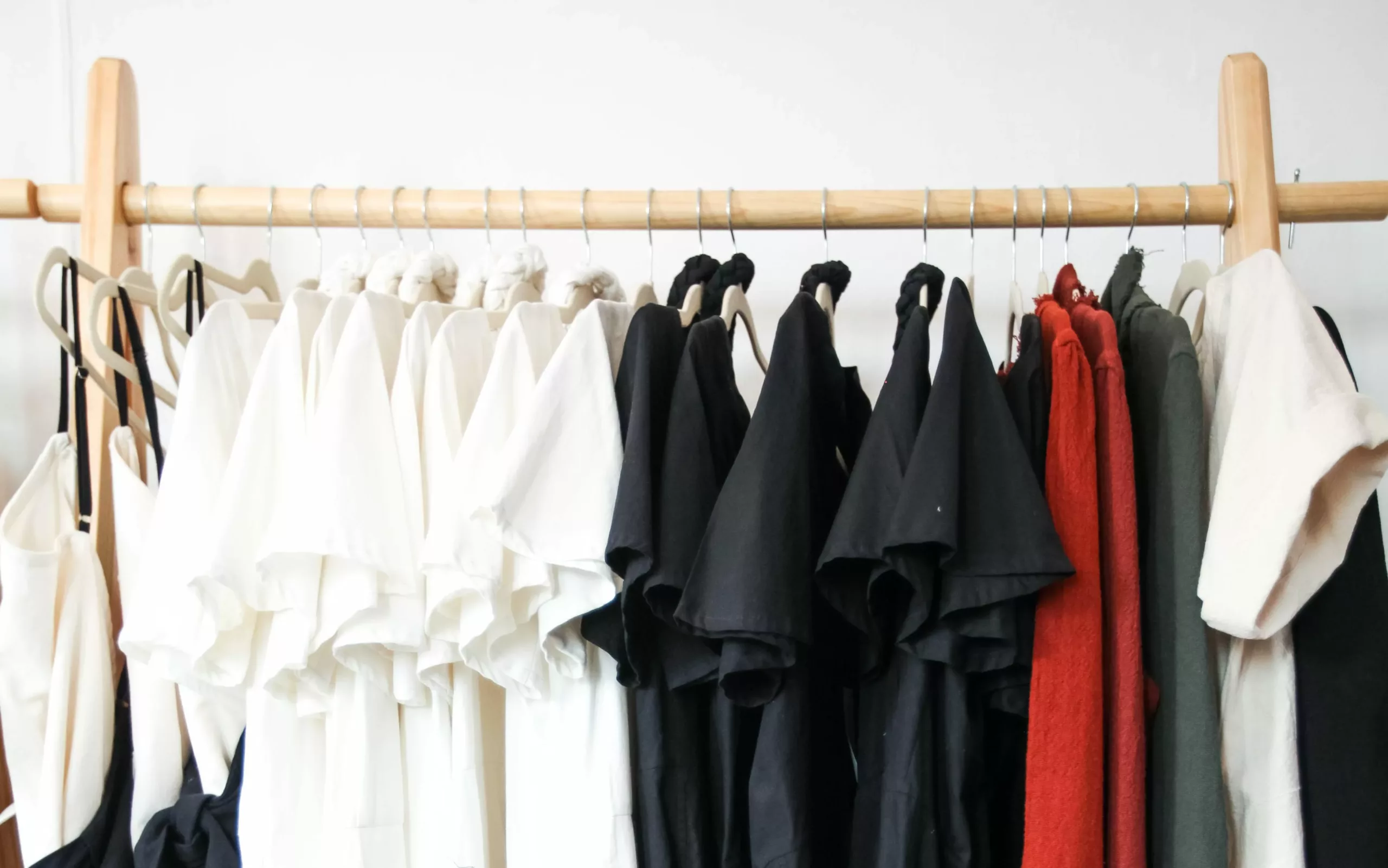
The last big question that this circular guide seeks to address is the future of circular fashion. To predict the future performance of this dynamic industry, we have understood quite a lot about circular fashion, its principles, and practices. Fashionistas around the world appreciate the idea of circular fashion. Its emergence will lead to a significant transformation in the future of fashion. Circular fashion can revolutionize how we produce, consume, and value clothing. It is a movement towards a more sustainable and conscious end, not just a short-lived trend.
It is incredible to observe that circular fashion is already on the playground. Studies have found that 12.5% of the fashion industry has already committed to circularity. With this, the widespread adoption of sustainable fashion principles as conventional practices is expected to be realized soon. In the coming future, the new norm will be known as circularity, and linearity will not find a place. It is otherworldly to imagine a world where eco-friendly fashion builds fashion and conscious consumers’ rule is the norm rather than the exception.
Conclusion
You have concluded our exciting voyage through the world of circular fashion. Through this circular fashion guide, you are now equipped with the knowledge to contribute significantly to the fashion industry and beyond. These principles serve as your compass, directing you toward a more conscientious and environmentally friendly wardrobe.
Let’s traverse this path with confidence, knowing that our decisions today will shape the fashion industry of tomorrow. Circular fashion is the future, and you’re paving the way!
Discover the future of fashion and support sustainability! Dive into our captivating fashion blogs that unveil the latest trends and insights on sustainable fashion and brands. Elevate your style while making a positive impact. Explore now!
